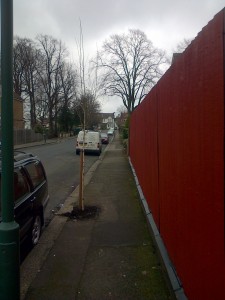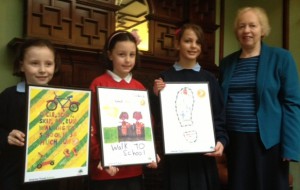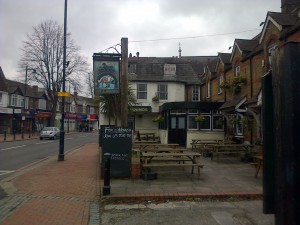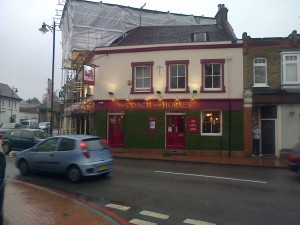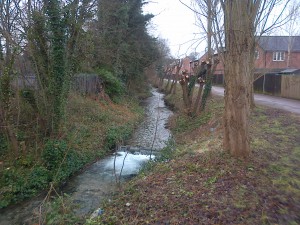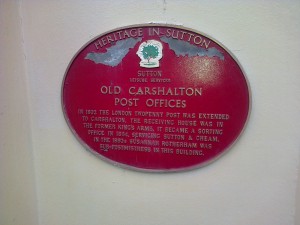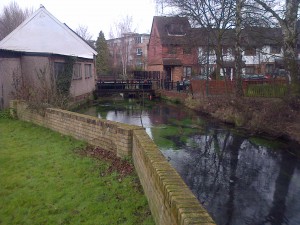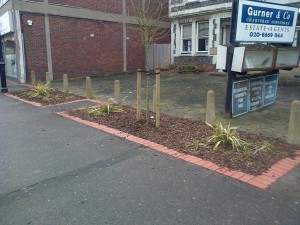The aim of the Joint Strategic Needs Assessment is to assess the current and future health and social needs of people living in Sutton to help inform commissioners. The population of Sutton is changing.
- From the 2011 Census Sutton has a population of 191,123 projected to rise to 222,000 (16%) by 2021
- The child population in Sutton (0-19 year olds) make up 23.5% of the overall population. By 2021 this is projected to rise by 18.3% compared to 14.5% for London and 7.9% for England. The child population and those aged 35-44 years (parent population) is higher in Sutton compared to England and increasing at a faster rate. This change suggests a significant inward migration of people to Sutton. If this continues it will have an impact on future health and social needs
- It is not just the population size that is increasing; the age profile is increasing as well. Over 65 year olds make up 14.3% of Suttons population and by 2021 this is projected to rise by 18.7% (in line with London but less than England)
The population of Sutton is becoming more diverse.
- In 2011 21% of the population were from BAME communities compared to 13% in 2001. 8% of the population are from non-British White communities (mainly South African, Polish and Irish)
- Combined, 29% of our population are from diverse communities making the profile of Suttons communities more like London and less like the national profile. This change in ethnic structure and cultural diversity is likely to continue over the next 10-20 years
- The extent of diversity has increased markedly over the last five to ten years with emerging new Polish, Urdu and Tamil communities (based on junior school census data).
Sutton is a healthy place to live with…
- Good life expectancy (exceeding the national and regional average) for both men and women. Life expectancy has increased by 4 years for men and 3 years for women (from 1994-96 to 2008-10)
- Fewer people dying from conditions that could be avoided
- Fewer children living in poverty and less infant mortality compared to national and regional rates.
- Good overall educational attainment
- Less long term unemployment compared to national and regional rates
But – Inequalities are increasing. The overall results for Sutton masks significant differences across Sutton’s communities and changes which are likely to impact on the health and wellbeing of our communities.
- While Sutton as a whole is relatively less deprived than most places in England some areas are in 20% most deprived in the country and the overall picture is changing. From 2007 to 2010 certain areas within Sutton have become increasing deprived
- Life expectancy is a very good measure of overall health but differences in life expectancy between different groups or communities can indicate inequalities. Across Sutton there is a significant difference in life expectancy between different communities within the borough. Between 1999-03 and 2006-10 there has been a significant widening of inequalities for both men and women. The difference in life expectancy by ward has increased from 5.4 years to 8.1 years for men (that is there is now 8.1 years difference in how long a boy born today would be expected to live depending where he might be born compared to a difference of 5.4 years only 10 years ago). The difference for women has increased from 5.8 to 7.9 years
- Although Sutton has fewer children living in poverty than London, and lower infant mortality, other measures associated with good health and life outcomes for children such as higher rates of breastfeeding are a cause for concern. The breastfeeding rates at 6 – 8 weeks, which are used as a proxy for the level of breastfeeding, are significantly below the regional average but above the national average
- Cancer and Circulatory Disease are the major killers in Sutton for people under 75 years old. Death from cancer in this age group has increased over the last 5 years
- Circulatory Disease (including Stroke) and Cancer along with Diabetes are among the main causes of long term illness and disability
- Since 2008 there has been an increase in unemployment, 7.8% of residents are claiming out of work related benefits and although this is still lower than London and England it is a cause for concern in light of the projected negative impact of Welfare reform, which has the potential to increase poverty particularly for larger households. Homelessness has also increased and there is a high level of housing need
- Educational attainment is good overall but there is a large gap in attainment for our vulnerable children. Greater skills and educational attainment is needed for our more disadvantaged communities
Lifestyle choices can have a very significant impact on future health and well-being. Our choices in how we live, whether we smoke, eat healthily, are active or drink too much alcohol can be the cause of long term conditions such as Cancer and Heart Disease, which means these conditions can be preventable. The measures of how people are living now in Sutton are cause for concern for future health.
- Sutton has lower than average levels of smoking, but some areas within the borough have significantly more people smoking than regional and national averages. The number of people dying of heart disease is falling but at a slower rate than the rest of London or England but the number of people dying prematurely from cancer is increasing
- Physical inactivity and being overweight increases the risks of illnesses such as diabetes, heart disease and cancer and can lead to poorer mental wellbeing. In Sutton nearly 1 in 4 adults are obese, and although only 1 in 11 of our 4-5 years is obese this rises to nearly 1 in 5 for our 11 year olds. The levels of activity and fitness in both adults and children are below what is expected. 91 % of adults do NOT take part in enough physical activity to benefit their health (lower than London or England). Our Children are less active than other children in London and nationally
- The levels of risky drinking are higher than both the regional and national levels.1 in 6 people in Sutton are estimated to binge drink and more than 1 in 4 people drink alcohol to levels that will cause risk to health. Although these figures are only estimated levels, they are supported by the increases seen in hospital admissions for alcohol related harm above national and regional increases
As the population changes there will be a change to the needs of our communities and if we don’t change how we are living our lives now, then;
- For our older population it is estimated that by 2025 Health and Social Care services will need to provide care or services for an additional 3,800 people with a Long Term Limiting Illness and 2,100 people with a physical or visual disability
- For our adult population, it is estimated by 2025 there will be a 25% increase in the number of people with diabetes, a 27% increase in people with a LTC caused by Stroke, a 14% increase in people with common and severe mental health problems and an 18% increase in people with Learning Disabilities
For our child population it is estimated that by 2021 we can expect a 30% increase in children with future special needs born each year (up from an estimated 180 in 2012 to 232 in 2021)

